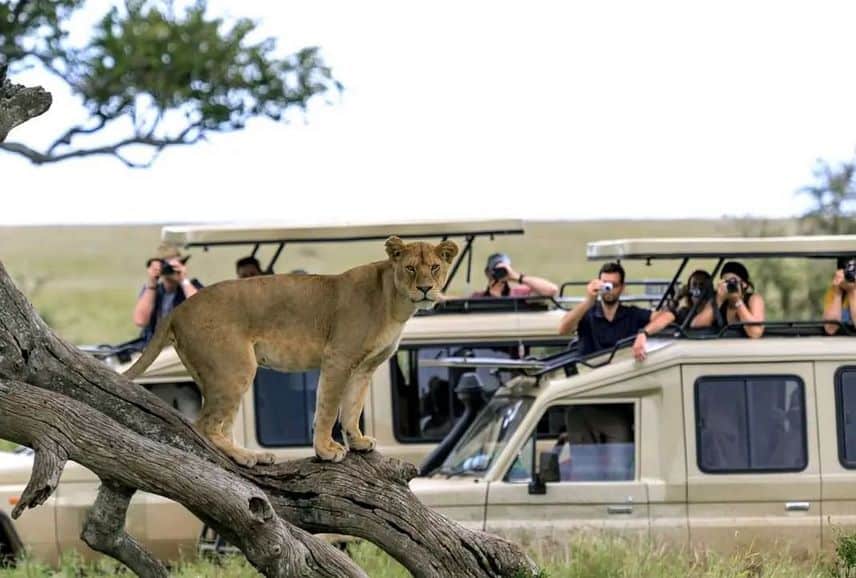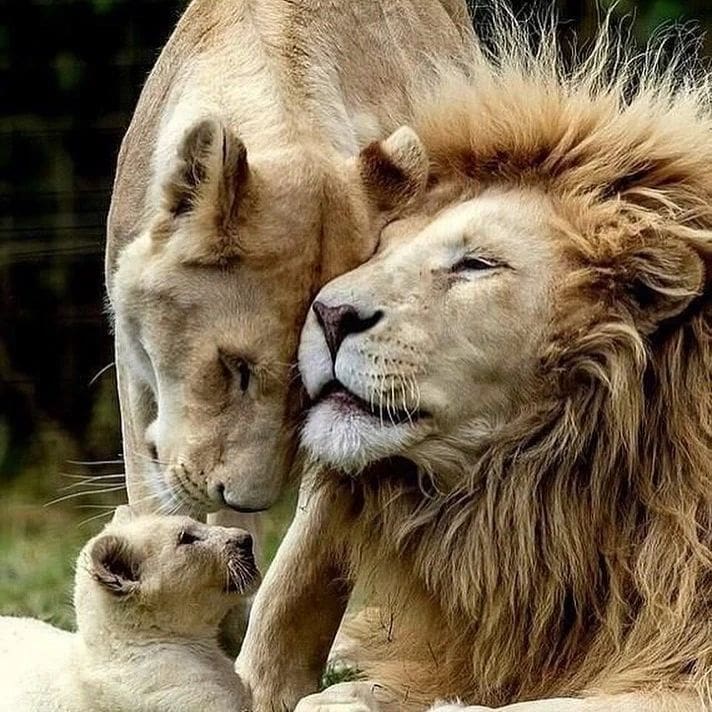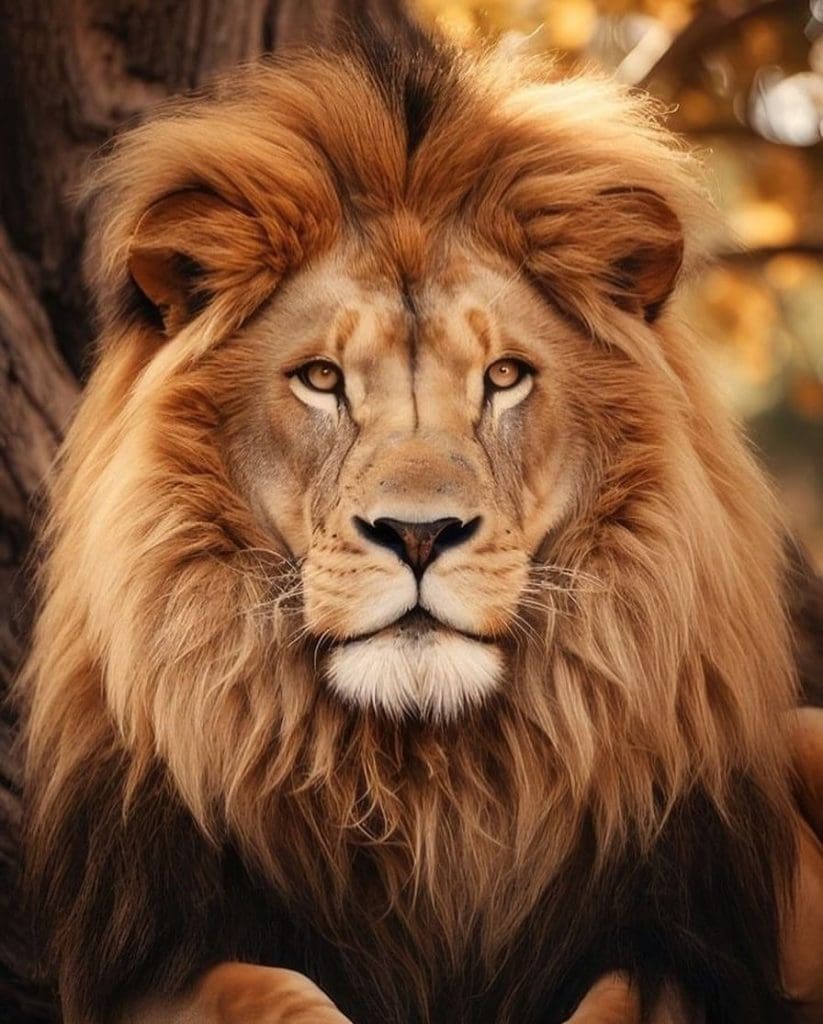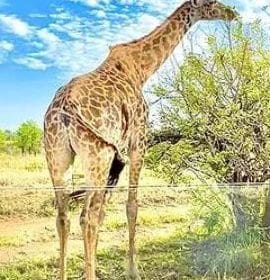Lion facts that amaze! Discover 8 fascinating insights about the king of beasts, its role in the wild, and why it captivates us. Learn more today!



Lion
The lion is a Large, powerful cat (family Felidae) second in size only to the tiger (Panthera leo). The lion, the proverbial king of beasts, has been known in ancient times as one of the most famous wild animals. Lions are most active at night and can be found in a variety of habitats, but prefer grasslands, savannas, dense scrub, and open woodlands.
While historically widespread in Europe, Asia, and Africa, they now tend to be concentrated in parts of Africa south of the Sahara. The Gir National Park and Wildlife Sanctuary in India is home to an isolated population of about 650 Asiatic lions that live under strict protection.
Lion
General characteristics
Lions have long, muscular bodies, large heads, and short legs. There is a considerable difference in size and appearance between the sexes. Males have a distinctive mane, which varies between individuals and populations.
There may be none at all, it may fringe the face, or it may be full and shaggy, covering the back of the head, neck, and shoulders and continuing onto the throat and chest to join a fringe at the belly.
The mane and fringe of some lions are extremely dark, almost black, giving the animal a majestic appearance. Men’s manes can make them appear bigger, which may intimidate rivals or impress prospective mates.
The males grow to be between 1.8 and 2.1 meters in length (6 to 7 feet) excluding the 2-meter tail; they stand about 1.2 meters tall at the shoulders and weigh about 170 to 230 kg (370 to 500 pounds).
The female lioness is smaller, with a body length of 1.5 meters, a shoulder height of 0.9–1.1 meters, and a weight of 120–180 kg. The coat of lion is short and varies in color from buff yellow, orange-brown, or silvery grey to dark brown, with a tuft on its tail tip that is usually darker than the rest of the coat..
Lion – Pride
Lions live in pride, making them unique among cats. The members of Pride generally spend the day in several scattered groups that may reunite to hunt or share a meal.
There are several generations of lionesses in a pride, some of which are related to each other, a smaller number of breeding males, and their cubs. There can be as few as four members or as many as 37, but 15 on average.
Every pride has a well-defined territory that consists of a core area that is strictly defended and a fringe area that tolerates some overlap. If the prey is plentiful, a territory may cover as little as 20 square kilometres (8 square miles), but if there is little game, it may cover as much as 400 square kilometres.
Pride in particular has been known to maintain the same territory for decades, passing the area on between females. The lions mark their territory by roaring and by scent marking. They usually roar in the evening before a night’s hunting and before waking up in the morning.
A male may also announce his presence by urinating on bushes, trees, or simply on the ground, leaving a pungent scent behind. Defecation and rubbing against bushes leave different scent marks.
The evolutionary explanations for why lions form groups are numerous. Females’ large body size and the high density of their main prey probably make group life more efficient in terms of energy expenditure.
For example, groups of females hunt more effectively and are better equipped to defend cubs against infanticidal males and their hunting territory from other females.
There is some debate regarding the relative importance of these factors, and it is not clear which contributed to the establishment of group life and which were secondary benefits.
Lion – Hunting
Lions prey on a large variety of animals ranging in size from rodents and baboons to Cape (or African) buffalo and hippopotamuses.
However, they primarily hunt medium- to large-sized hoofed animals such as wildebeests, zebras, and antelopes.
Prey preferences between neighbouring pride and geographically differ. The lions have taken elephants and giraffes, but only when they were young or especially unhealthy.
As far as meat is concerned, they eat anything they can find, including carrion and fresh kill, which they scavenge or forcefully steal from hyenas, cheetahs, and wild dogs.
While females living in open savannas hunt most of the time, males usually eat what the females kill. Although they are adept hunters, male lions in some areas are also frequent hunters. Males in woodland habitats spend less time with females and mostly hunt on their own. The male nomad is always responsible for securing his own food.













